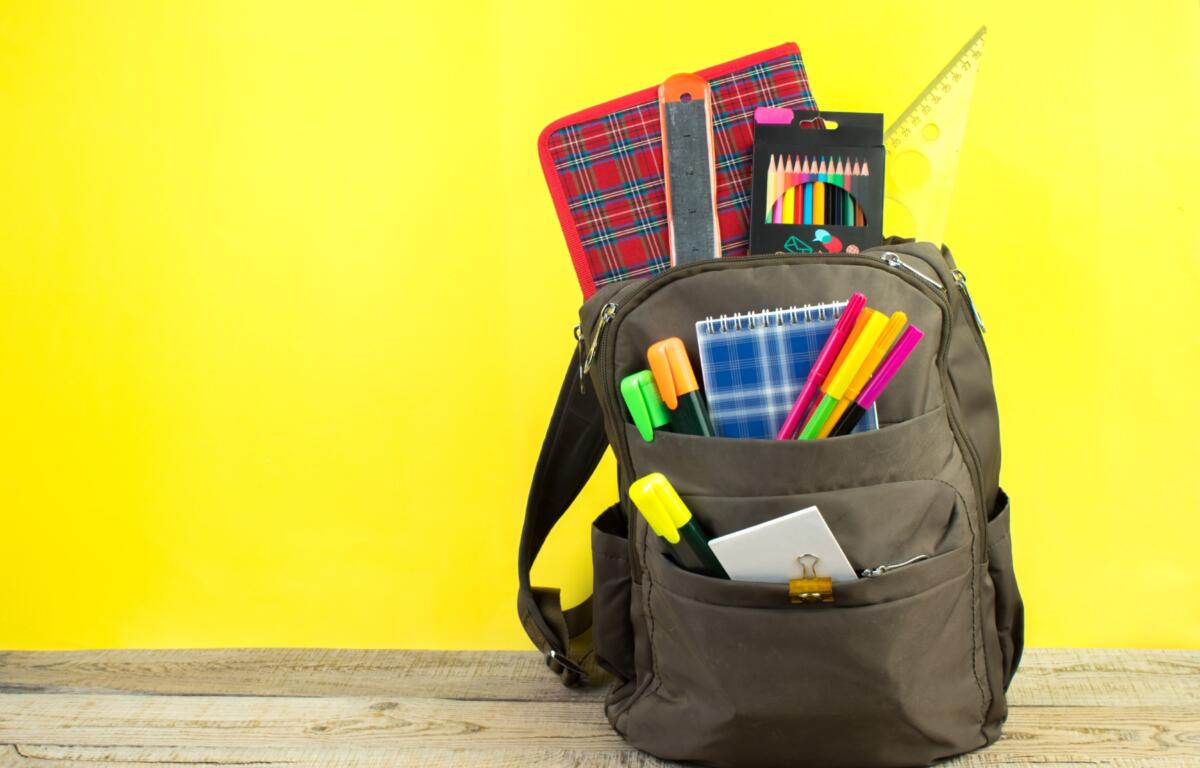 It’s clear that students have become more accustomed and efficient with technology then ever before. Computers, smart phones and tablets are consistently used by students at home to do their homework and stay organized with their schoolwork.
It’s clear that students have become more accustomed and efficient with technology then ever before. Computers, smart phones and tablets are consistently used by students at home to do their homework and stay organized with their schoolwork.
Yet, these devices are banned from the very place that’s supposed to promote learning and productivity.
Of course, we’re fortunate to have a large variety of technology available for teachers to reserve or ‘check out’ so that we may use them in class, but these devices don’t only incur initial purchase costs, but require maintenance and support, which add up in the long run.
These costs could easily be avoided if students were allowed to bring their own devices to school. Most students already own or have access to laptops or Internet-accessible devices, and those who don’t could be taken care of with the school’s technology funding.
By using their own devices, students not only cover many of the costs that the district would otherwise have to pay, but there’s an added convenience. On their personal devices, students have access to their calendars and organizational applications. Keeping track of these types of apps is not an easy feat on school computers.
Students wouldn’t have to worry about transferring files to flash drives or uploading documents to their Google accounts to access their work at school. Teachers wouldn’t have to listen to students’ excuses as to how they forgot to upload their documents or how they left them at home. After all, everybody should have access to everything if they use the same devices at home and at school.
Ultimately, allowing students to use their own devices could mean that students would always have access to technology in the classroom. Students that already have such computers and tablets and phones could bring them everyday, while students who don’t already have access to such devices could check out a device for the entire year. This way, students could work in the manner that’s most efficient for them, and teachers wouldn’t have to worry about checking out COWs to access technology.
Of course, like anything else, allowing students to bring their own devices will pose problems. What happens when devices are stolen or lost? What happens when students forget their devices at home? What if a student loses all of their files? What about students who chose to simply play games and use their device for alternative purposes than schoolwork?
None of these ‘what-if’s are 100% avoidable, but they can certainly be minimized. Several services offer automatic backup and computer/tablet/phone GPS tracking. The school could promote certain services and use the funds saved from not purchasing as many devices to subsidize certain subscriptions for backup or tracking services.
For the other situations, in which devices are left at home or students use devices in a distracted manner, the same discipline that we’ve been taught our entire school career must be applied.
Since elementary school, we’ve been reprimanded for forgetting our homework. Forgetting our computer or tablet shouldn’t have any less of a punishment. After all, students could forget individual papers much more easily than they could forget an entire device.
Getting off task and using devices inappropriately is no different than goofing off in class, except for the fact that when students goof-off individually on a device, other students aren’t also distracted. Nonetheless, the same discipline that would be applied to other forms of misbehavior should be applied to students who use devices improperly. Plus, many of the same filters that are in place for school computers automatically apply to devices used on campus, so students will already be under the same content restrictions that they would be on school computers.
In the end, though, we are in the midst of times of austerity and changing technology. We should cut costs in any way possible while also promoting the efficient use of technology. Allowing students to bring their own devices and use such devices in the classroom is the most effective way to accomplish both of these tasks.






